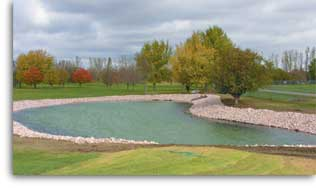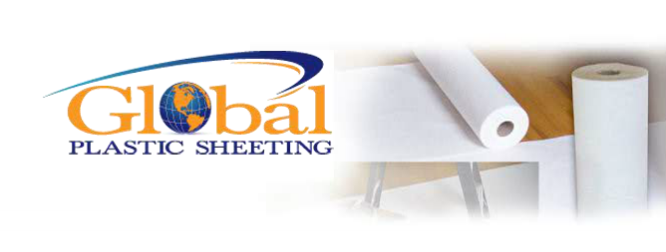Choosing the Right Polyethylene Liner for Your Pond: Factors to Consider

Creating a beautiful and functional pond requires careful consideration of various factors, including the type of polyethylene liner to use. Let's explore the different types of liners available and the considerations to keep in mind when selecting the most suitable one for your pond.
Types of Polyethylene Liners:
-
HDPE (High-Density Polyethylene): Known for its durability and chemical resistance, HDPE liners are a popular choice for ponds requiring robust protection against punctures and leaks. These liners are available in various thicknesses, typically ranging from 20 mil to 80 mil, to accommodate different applications.
-
LLDPE (Linear Low-Density Polyethylene): LLDPE liners offer excellent flexibility and elongation properties, making them suitable for ponds with irregular shapes or uneven terrain. While not as rigid as HDPE, LLDPE liners provide adequate protection against leaks and are often more cost-effective.
Considerations for Choosing a Polyethylene Liner:
-
Ground Preparation: Assess the condition of the ground where the liner will be installed. If the terrain is rocky or uneven, consider opting for a thicker HDPE liner to provide additional protection against punctures.
-
Climate: Take into account the climate of your region, including temperature fluctuations and exposure to sunlight. UV radiation can degrade polyethylene liners over time, so choose a liner with UV stabilizers or consider adding a protective layer such as soil or rocks to shield the liner from direct sunlight.
-
Size and Depth of the Pond: Determine the dimensions and depth of your pond to calculate the required size of the liner. Ensure that the liner is large enough to cover the entire bottom and sides of the pond with some overlap for securing the edges.
-
Water Quality and Compatibility: Consider the type of water and any potential contaminants that may come into contact with the liner. HDPE liners offer superior chemical resistance and are suitable for ponds containing water with high acidity or alkalinity.
-
Installation Method: Decide on the installation method based on the size and shape of your pond. HDPE liners are typically installed using heat welding or seaming techniques to create watertight seams, while LLDPE liners may be secured with adhesive tapes or mechanical fasteners.
Example Scenario:
Imagine you're planning to build a medium-sized pond in your backyard garden. The ground is relatively rocky, and the climate is characterized by hot summers with intense sunlight. In this case, opting for a 40 mil HDPE liner would provide adequate protection against punctures from sharp rocks and UV degradation.
Additionally, considering the irregular shape of the pond, a flexible LLDPE liner may be used to conform to the contours of the terrain more easily. To enhance UV protection, you might cover the exposed portions of the liner with soil or decorative rocks.
By carefully evaluating these factors and selecting the appropriate polyethylene liner, you can ensure the long-term durability and functionality of your pond while creating a beautiful and sustainable water feature for your landscape. Talk to the professonals at GLobal Plastic Sheeting to help you understand what will be most cost effective and functional for your application. 866.597.9298


